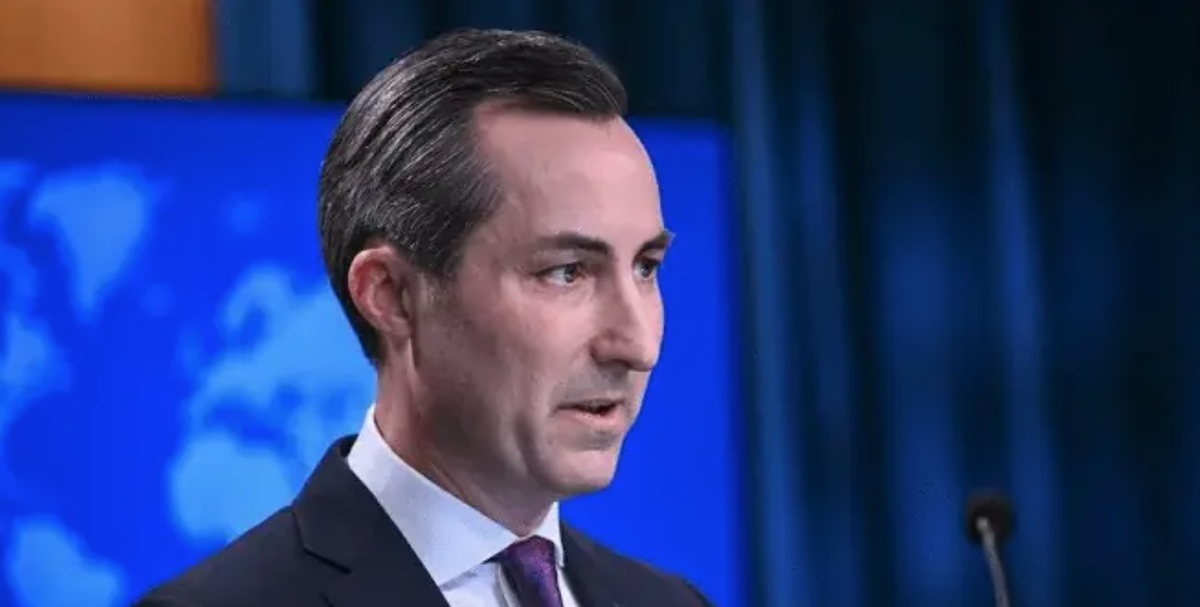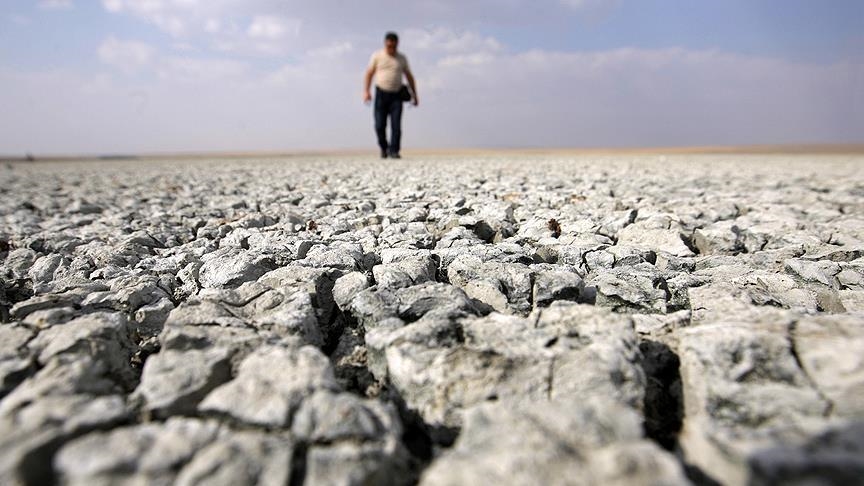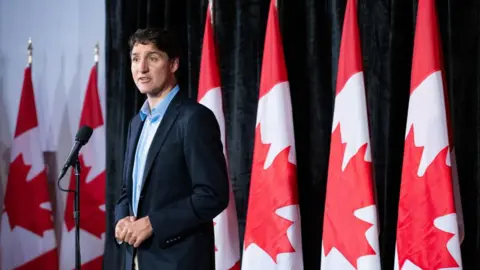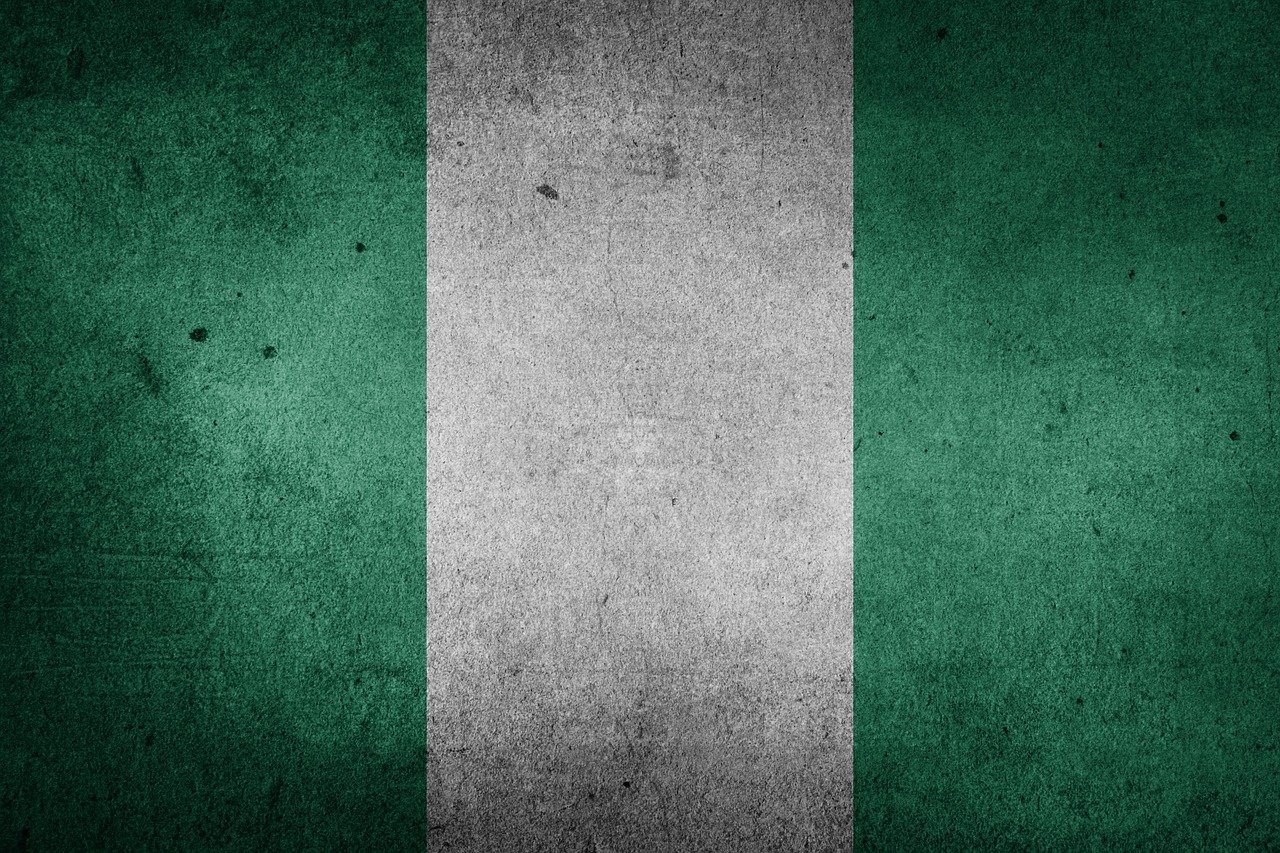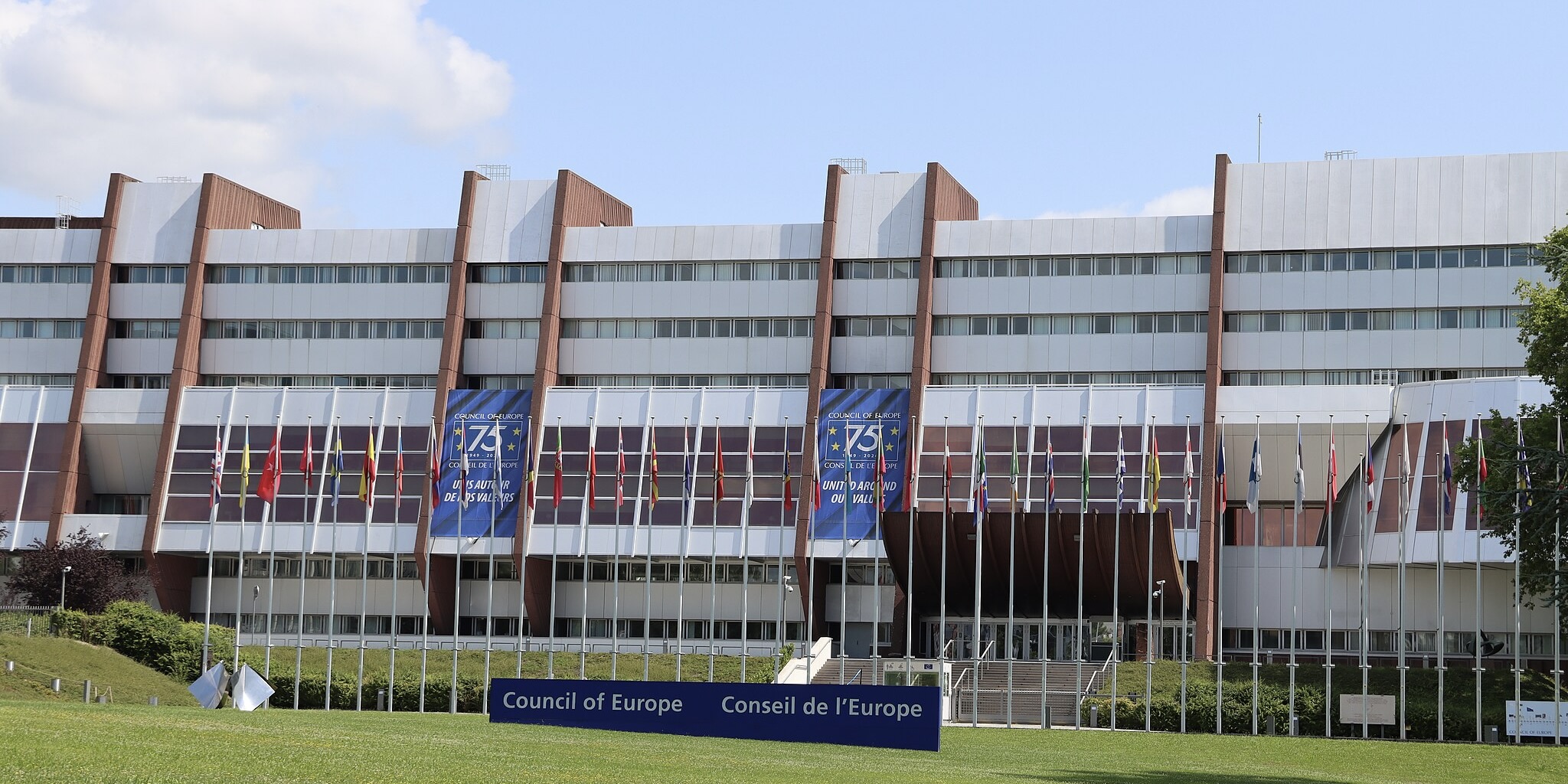05.09.2024
Ten NGOs working in peacebuilding in Georgia have announced that they are beginning the process of registering in the “foreign agents” registry.
These organizations are among the 1.6 percent of NGOs that have voluntarily chosen to register. The remaining nearly 25,000 organizations have firmly rejected this classification of their work.
What’s important to know about Georgia’s ‘foreign agents’ law?
● The “Law on Transparency of Foreign Influence” was initiated by the ruling party “Georgian Dream” and passed by Parliament in its third reading on May 28, 2024. It mandates the creation of a special registry in which “foreign agent” organizations must register. This includes any organization where more than 20 percent of funding comes from foreign grants. In a small and relatively impoverished country like Georgia, this affects nearly all NGOs.
● The Parliament adopted this law despite massive protests, persistent calls from Georgia’s Western partners, and the opinion of the Venice Commission of the Council of Europe.
● After the passage of the law, the US announced the first package of sanctions against the “Georgian Dream” government. Secretary of State Antony Blinken warned of a “comprehensive review of US-Georgia cooperation.”
● The European Union also took retaliatory measures. In early July, the EU halted €30 million in aid to Georgia and warned of additional measures to come. Senior EU officials have repeatedly indicated that this law distances Georgia from the EU.
● On July 11, the U.S. House Committee on Foreign Affairs passed the Megobari Act, which imposes sanctions on those involved in passing the “foreign agents” law.
The Georgian government’s main argument is that similar laws exist in the U.S. and several European countries, including France. According to Georgian Dream, every country has the right to protect itself from foreign influence and demand transparency from its organizations.
However, this comparison is inaccurate because:
The American law FARA (Foreign Agents Registration Act), to which Georgian Dream refers, was enacted in the U.S. in 1938, before World War II, and aimed to protect the American public from Nazi propaganda. Neither then nor now did FARA apply to America’s allies and friendly countries.
In France, the law on “Foreign State Influence” includes a specific list of countries to which the law applies. This list comprises countries whose influence France considers a threat, including Russia, China, Turkey, and Iran. The French version also specifically states that this law does not apply to EU countries. The Georgian version lacks such provisions. Consequently, this law directly impacts organizations funded by the U.S. and the EU—friendly and partner countries that support democratic processes and numerous vital projects in Georgia, ranging from healthcare and infrastructure to strengthening civil society.
Furthermore, FARA stipulates that the law does not apply to media or NGOs, only to lobbying organizations. The Georgian version does not have this clarification.
Overall, the Georgian law is similar to the Russian law, which primarily affected media and the NGO sector. As a result, all non-governmental and media organizations not controlled by the Kremlin have been shut down in Russia. Hence, the Georgian law has been dubbed the “Russian law.”
It’s also important that this law contradicts EU legislation. When a similar law was adopted in Hungary, it was annulled by the European Court of Human Rights because it was directly aimed at silencing the media and oppressing NGOs.
The statement from ten peacebuilding organizations says that their registration process is not yet complete—documents have not yet been submitted as the organizations hope to buy time and are counting on the Constitutional Court to suspend the law in the next ten days.
“Registration is a lengthy process and is only completed when the organization provides all requested documents to the registry,” the statement says.
The deadline for voluntary registration was September 2. Only 469 out of the 30,000 NGOs operating in Georgia have registered.
The peacebuilding organizations that have signed the statement and initiated the registration process are:
- Studio Re
- Georgian National Committee of the Helsinki Civil Assembly
- Levan Mikeladze Foundation
- “Peaceful and Businesslike Caucasus” Association
- Coalition for the Rights of Internally Displaced Persons
- “Education and Peace” Teachers’ Union
- Women Entrepreneurs’ Fund
- “Future of Tskhinvali” Union
- “Imedi” Association—Movement of Women Internally Displaced for Peace
- Abkhazinterkont Foundation
Text of the statement:
“The signatories of the statement publicly declare that the adoption of the Georgian Parliament’s “Transparency of Foreign Influence” law disgraces us in an entirely undeserved and offensive manner. Equally important, the law and the circumstances surrounding its adoption harm the true interests of the state.
As a result of the law’s adoption, there is a growing public outcry and a real risk of escalating political tensions, as well as an unprecedented deterioration in relations with international partners. This negatively impacts the prospects for European and Euro-Atlantic integration, as outlined in Georgia’s constitution and various cooperation and assistance programs.
We are concerned about the anticipated problems the country may face, including widespread social apathy, increased emigration, or reduced welfare.”
“In the statement dated April 11 of this year, signed by 32 organizations including ours, it was noted that the enactment of the law would threaten the long-standing and delicate process of communication with the societies of Abkhazia and the Tskhinvali region/South Ossetia within the framework of people-to-people diplomacy.
It also emphasized that active collaboration between NGOs, experts, the Georgian Parliament, and other relevant government institutions would become more complicated.
We hope that sooner or later the authorities will recognize our concerns and repeal the “Transparency of Foreign Influence” law. Until then, we remain hopeful that the Constitutional Court will suspend the law’s implementation.
If this does not happen in a timely manner, we will be compelled to comply with the law’s requirements and complete registration in the relevant registry against our will.
Otherwise, given the financial, political, logistical, and legal obstacles and risks, we believe that the process of rebuilding trust and peace in Abkhazia and the Tskhinvali Region/South Ossetia, in which our organizations are actively involved, will be seriously damaged,” the statement issued by the organizations reads.
On the requirements of the “foreign agents” law and the resistance of civil society and independent media
September 2, 2024, was set as the deadline for voluntary registration in the special registry under the so-called “foreign agents” law.
As of September 3, the Ministry of Justice is legally able to begin enforcing the law—conducting checks on organizations and imposing fines. The initial fine for failing to register is 25,000 lari [approximately $9,200].
In the end, only 1.6 percent of NGOs operating in Georgia (469 out of approximately 30,000) registered in the registry.
Contrary to the Ministry of Justice’s expectations, there were no lines at the Justice Houses.
The vast majority of NGOs have declared their defiance of the “Russian law” (as the “foreign agents” law is referred to in society) and have no intention of registering. These organizations have repeatedly made this stance known openly and publicly.
“We will not submit to the ‘Russian law’! We will continue to fight against this law, support each other, assist the citizens of Georgia, and once again show the world that we will not become like Russians,” states a recent declaration from the Civil Society Fund, one of many statements made by various organizations in recent days.
Independent media operating in Georgia, including JAMnews, also do not plan to register.
Some organizations have even decided to cease their activities rather than register in the humiliating registry.
For example, the “Revolution of Kindness” fund, which relied on donations from individuals and helped needy families, has shut down due to the “Russian law.” The fund would be forced to register because its donors included individuals from European countries.
The Animal Project, an organization dedicated to protecting homeless animals, has also ceased its operations. Founded four years ago by activists focused on the rescue and protection of stray animals, the organization has now shut down.
The activist movement “Sirtskhvilia” (“Shame”), which led the 50-day mass protests against the “foreign agents” law, faced strong criticism from the public for its decision to register.
On August 30, “Sirtskhvilia” announced its decision to register in the registry. The movement stated that it did not want to halt its activities before the elections or leave voters to face the ruling party’s propaganda alone, and it wanted to avoid paying fines to the authorities.
By August 31, “Sirtskhvilia” had apologized and reversed its decision to register.
The entire NGO sector and media organizations are now awaiting a decision from the Constitutional Court.
The court has not yet decided whether to temporarily suspend the “Russian law.” This could happen if the court considers the combined lawsuit from the president, parliamentary opposition, NGOs, and media organizations and deems it necessary to temporarily halt the law’s enforcement until a final decision is made.
Hearings were held on August 29, 30, and 31, but the timing of the court’s decision is still unknown. It is expected to be announced in the coming days.


